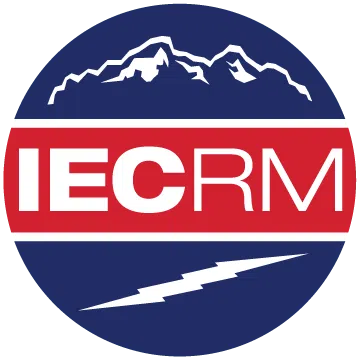How to Protect Yourself from Electrical Hazards

Many people who may be considering a career as an electrician are worried about the dangers of the job. Electricity can be life-threatening if it isn’t properly respected. We’ve put together this guide to help you understand what those dangers are and how electricians avoid them.
Different Types of Electrical Hazards
The first step to protecting yourself from electrical hazards is understanding what those hazards are. When working with electricity, there are three broad categories of danger you may face:
Shock and Electrocution
This is the type of injury that most people consider when they think about working with electricity. An electrical shock occurs when electricity passes through your body. You’ve likely felt a small charge from static electricity at some point in your life. That relatively small amount of electricity is harmless. The equipment electricians deal with daily is powerful enough to be life-threatening.
Arc Flash and Arc Blast
You don’t need to be touching a wire for electricity to hurt you. When an electrical fault occurs, the current can jump through the air from one conductor to the next. An arc flash is the actual electrical energy that makes the jump. An arc blast is a shockwave-like heat that results from the rapid expansion of air around the flash. These can cause burns or other injuries.
Fire and Explosions
Faulty wiring, overloaded circuits, and other electrical problems can cause a fire. An electrician working in a poorly maintained building, or one who doesn’t follow the proper procedures and safety rules when installing electrical equipment, may find themselves in the middle of an electrical fire.
Level of Electrical Hazards
Although some electrical appliances have a life-threatening load of electricity running through them, others are less deadly. All electricity that electricians work with is potentially dangerous. The danger rises with the voltage.
- Low Voltage but High Risk: Even systems under 50 volts can cause harm, leading to shocks, burns, or secondary injuries from involuntary movements.
- High Voltage Dangers: High-voltage encounters increase the danger. The risk of severe burns, powerful shocks, and arc flash incidents all go up when the voltage does.
Electrical Safety: The Basics of How to Protect Yourself
All this talk of the dangers shouldn’t lead you to believe that becoming an electrician is an inherently dangerous job. Electricians are trained to deal safely with electricity. The first step in doing so is to understand the risks. By knowing the types of accidents that can occur, it’s easier to avoid these situations.
When working with electrical equipment, wearing the proper safety equipment is one of the best ways to stay safe. This includes insulated goggles, face shields, and flame-resistant clothing. The tools you use should also be rated for the voltage they’ll be exposed to, Electricians are trained in proper safety procedures as well. They know how to ensure that any circuits are de-energized before work begins, how to keep a safe distance from live parts, which tools are safe in a given situation and which aren’t, and more.
While this training can be boiled down to basics, such as always making sure the power is off before working on an electrical system, there are other, less-known hazards that electricians know to avoid.
Interested in Electrical Work? Think About Becoming an Electrical Apprentice
As you can see, the best way to avoid getting hurt while working with electricity is to receive the proper training. An apprenticeship in electrical work allows you to learn the ins and outs of electrical safety under the watchful eye of an expert electrician. Apprenticeships are a great way to learn a new career because they pay you to do the work while you’re learning to do it.
Choose IECRM in Colorado for an Electrical Training Apprenticeship Program
If you’re looking to start training as an electrician in the Colorado area, IEC Rocky Mountain offers an extensive training program that allows you to work as an apprentice while you study. This dual education approach gives you the best combination of formal training and on-the-job experience, allowing you to quickly become an experienced electrician and begin a lucrative career in the industry.
Francescomoufotografo/Shutterstock
